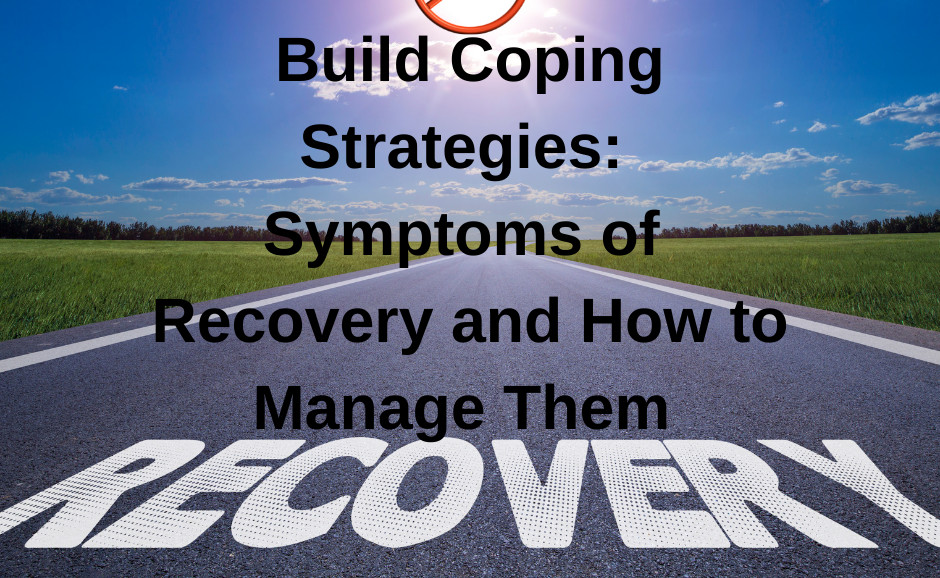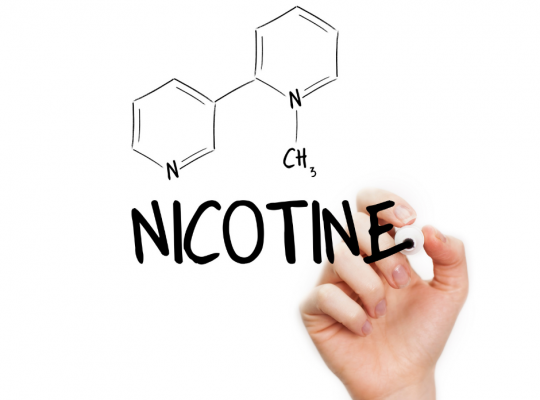Withdrawal from nicotine consists of 3 parts: physical, mental, and emotional symptoms. Most people who quit smoking have some or all withdrawal symptoms.
The physical symptoms are when your body no. Longer gets nicotine in the blood or the other substances found in tobacco smoke. Physical withdrawal can be annoying, but they are not life-threatening.
The mental and emotional parts of quitting—include feelings of anxiety, jumpy, irritability, grumpy, anger or nervousness, and you can have trouble concentrating or racing thoughts. This sometimes can be a more significant challenge.
The Strategies and coping exercises in this group help you identify ways to cope with the psychological aspect of quitting.
These symptoms are all signs that your body is healing, and they are your body’s way of telling you it knows what to do and how much it has changed due to quitting smoking. They are temporary: they will go away. Look at it as a positive thing. Use the information on these POST to help you identify the withdrawal symptoms you may be experiencing. This information also explains the withdrawal symptoms and ways to cope with them”.
The Essential Quit Smoking Manual



